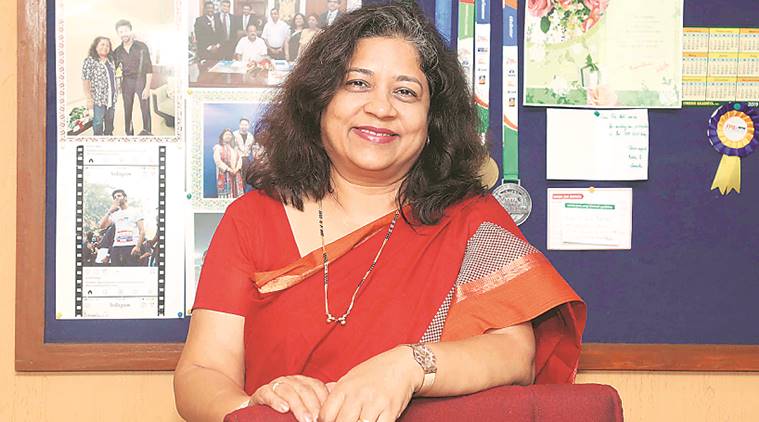
You wrote in an article that the government family planning programme addresses population growth but doesn’t lend a rights approach to family planning. Can you elaborate?
India was the first country in the world to include family planning in its health programme. We wanted couples to have less children. But times have changed. It’s the reproductive right of every individual to decide when they want a child. The demographic profile of India today is primarily young. They don’t want to be sterilised immediately, they want space. Marriage has to happen at an appropriate time. It’s happening below 17 for a number of girls. The first child is born when the girl is still very young. The health system takes responsibility of the failure of other systems. If the Child Marriage Restraint Act is not implemented, a girl will be married at the age of 15 and will have the first child at 17. She needs spacing and maybe her husband needs a condom. Family planning today is not just a unit of husband and wife. Sex is happening before and even outside marriage. Rights-based family planning is based on individual needs of contraception. If population growth is to be addressed, we need to look at individual choices of when people want to have children… there is a huge cohort of people in their reproductive ages. Marriage at an appropriate time and spacing pregnancy can slow down growth of population today.
How does Maharashtra, and particularly Mumbai, fare in the availability and access to contraceptives? Is there a divide between urban and rural areas?
Maharashtra is doing well so far as access to and availability of contraceptives are concerned. Its public health system is better than other states’. Last year, though, the rollout of injectable contraceptives through district hospitals was not as good as other states. Private sector access to condoms, oral pills, access to pharmacies, systems and education have a bearing in access to contraception. In urban areas, contraception is more through private sector and, in rural areas, more through public sector. The leading contraceptive method, however, is sterilisation. Condoms have always been private sector and not so much from the government. Data suggests access to condoms provided by the government has declined. Female sterilisation is accessed more through government healthcare than private sector.
What are the facilities offered by FPAI’s health clinics?
In Maharashtra, we have seven clinics, of which two are in Mumbai and two in Thane. Our work can be classified under the umbrella of sexual and reproductive health. We provide information, counselling on all topics, including family planning, contraception, reproduction, sexuality, maternal healthcare, post natal healthcare, infertility treatment, services for men such as urogenital diseases, reproductive tract infection, etc. We provide these services at a partial cost. However, we have a no refusal policy. We don’t turn down those who cannot pay. Over 89 per cent people we serve are poor. The face of the poor in India is a woman. Even if there’s money at home, there may not be money for her healthcare.
When did FPAI start work on addressing the needs of women who suffer from domestic violence?
Our work is pan-India. The screening started in 2006, when we realised the impact of violence on women’s reproductive health following a WHO study. We started screening women who came for our services such as medical termination of pregnancy, contraception, including sterilisations, reproductive and sexually-transmitted infections, infertility etc. We learnt a lot from Dilaasa, a model developed by NGO Cehat with BMC. It’s a hospital-based intervention for women who were suffering from gender-based violence. In our model, we screen women and follow the linkages. A woman suffering from domestic violence needs support systems: clinical help, psycho-social counselling for deep-seated trauma, shelter if she wants to leave. We provide them treatment and put them in touch with the right person.
What was the process for screening and identification of women to study gender-based violence in Mumbai? Have any measures been taken to help such women?
Screening can only be done when there is absolute audio-visual privacy. Violence is pervasive and threatens even the service provider’s safety. But our field teams have come up with a basic set of questions and we have started applying it on the field, including schools and colleges. A woman may be beaten in a way which may not leave any scar and this includes sexual violence. Hence, our screening is also history-based. It’s not easy for a woman to recognise that she is undergoing violence and that she doesn’t deserve this. When she does realise, it’s a battle that has been won. For Mumbai and its slums, confidentiality is a big issue. However, women of Mumbai’ slums are more empowered and mobile, hence they are able to come out and visit our clinics. We host educational sessions… More than women, transgenders face the worst form of violence. We make them aware about what violence is (sexual, social, economic) and what the law says by hosting such sessions. Recently, we launched ‘Stree Hinsa Mukt Bharat Abhiyan’, where we also focus on men in order to be part of the change, because men need to denounce violence.